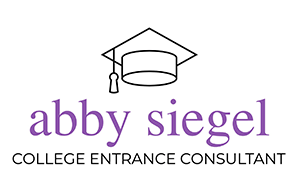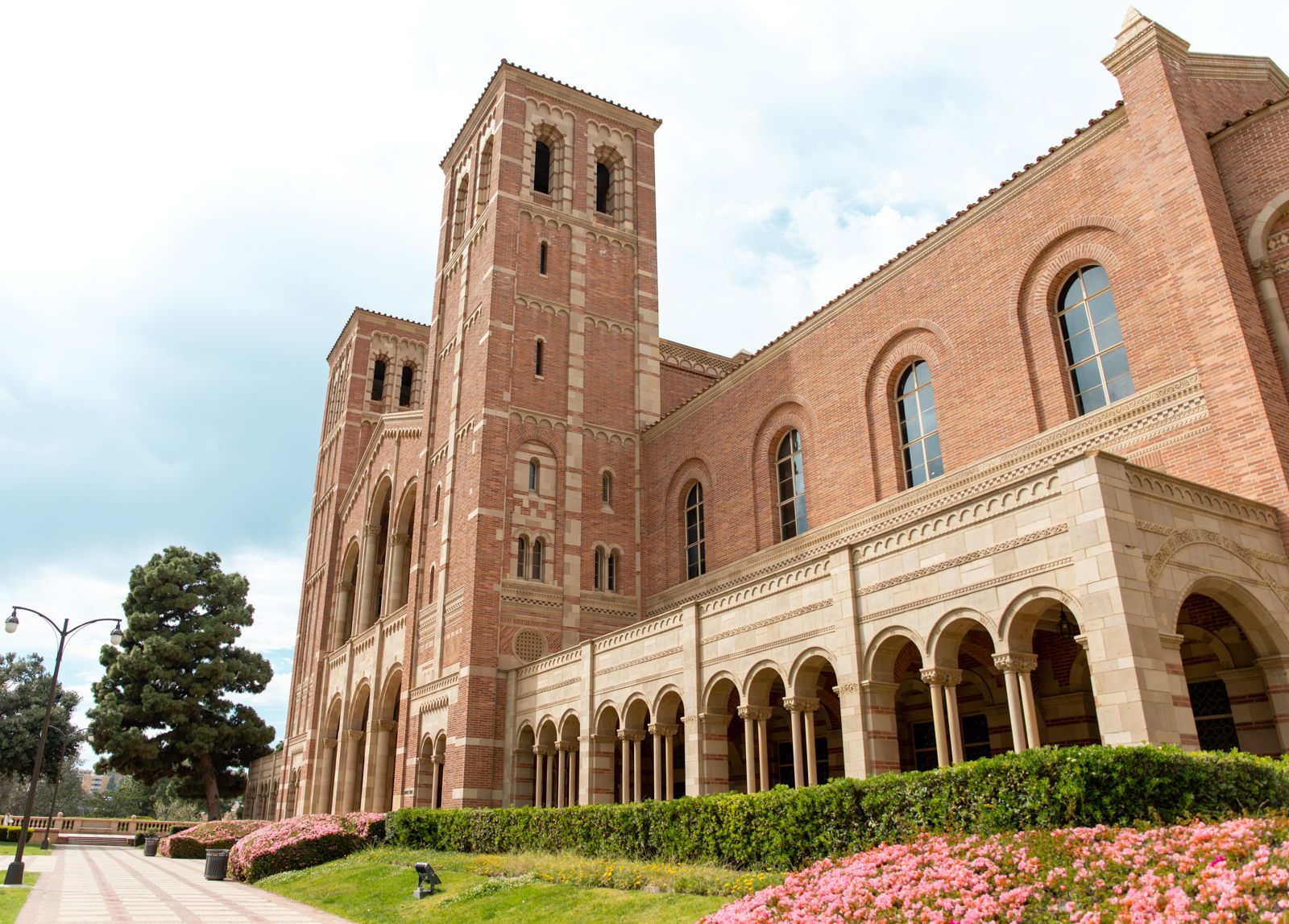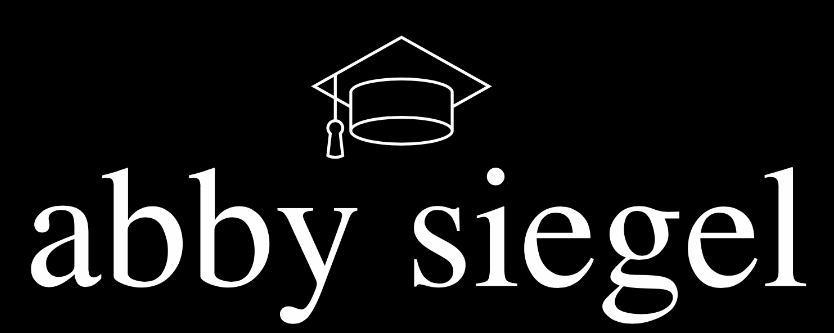How to Apply for Student Loans: Understanding the Deadline for FAFSA
The cost of higher education can be daunting for many prospective students and their families. However, with accurate information and timely action, you can get the financial aid you'll need to make college affordable. A resource that every household should know how to utilize in this process is the Free Application for Federal Student Aid (FAFSA), which serves as a gateway to federal student loans, grants, and work-study funds. In this post, we'll outline the steps you'll need to take when applying for student loans through FAFSA, including important dates to note on your financial aid journey.
What is FAFSA?
Let's begin by understanding what FAFSA is and what it offers. The Free Application for Federal Student Aid (FAFSA) is a form that current and prospective college students in the United States fill out annually to determine their eligibility for student financial aid. In addition to federal grants, work-study programs, and loans, FAFSA also determines your eligibility for state grants and scholarships, which can help significantly reduce your college expenses and make higher education attainable.
When Is the Deadline for Financial Aid?
Adhering to the FAFSA set deadlines is one of the most critical factors in your application process, so be sure to highlight the following in your calendar. While the federal deadline to apply for FAFSA lands on June 30 each year, many states and colleges have their own deadlines that may fall earlier. Be sure to check with your school's financial aid office to confirm when the application deadline is.
Note: Just because you can wait until June 30 to apply for financial aid doesn't mean you should!
The FAFSA form becomes available to fill out each year on October 1. It's advisable to submit your application as soon as possible after the application becomes available because some types of financial aid are distributed on a first-come-first-served basis.
Steps to Applying for Student Loans Through FAFSA
As you begin the FAFSA student loan application process, use the following as a checklist to ensure you are on track to meet the financial aid deadlines stated above.
1.Create Your FSA ID
The first step in applying for student loans through FAFSA is creating your Federal Student Aid (FSA) ID. This username and password combination allows you to sign your FAFSA form electronically and access various online systems related to federal student aid. Both the student and one parent (for dependent students) need to create an FSA ID.
2. Gather Necessary Information
Before you start filling out the FAFSA form, make sure you have this information at hand:
- Your Social Security number
- Your parents' Social Security numbers (if you're a dependent student)
- Your driver's license number (if you have one)
- Tax information for the previous year
- Records of untaxed income
3. Fill Out the FAFSA Form
Once you have all the necessary information, it's time to fill out the FAFSA form on fafsa.gov. The form will ask about your personal information, financial information, and school selection.
Note: It is important to provide accurate and complete information on the FAFSA form. Any errors or omissions could delay your application or even disqualify you from receiving financial aid, so double check before you submit.
4. Review Your Student Aid Report (SAR)
After submitting your FAFSA form, you'll receive a Student Aid Report (SAR). This document summarizes the data you provided on your application and calculates your Expected Family Contribution (EFC). Review this report carefully for any errors or inaccuracies!
5. Respond to Any Additional Requests and Accept Your Aid
Sometimes, schools may request additional documentation or information after reviewing your application. Be sure to respond promptly to these requests to avoid delays in receiving aid. Once everything is in order, you'll receive an aid offer from each school listed on your FAFSA form.
Conclusion
Applying for student loans through FAFSA can help make higher education more affordable for many families and students. Your education is an investment in your future, and every bit of financial aid can help make it more affordable. For additional help on the college application process, reach out to Abby Siegel today.






